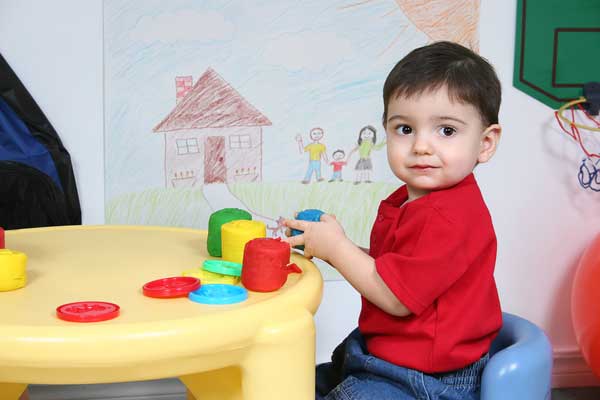For the first time scientists have identified how a pathway in the brain which is unique to humans allows us to learn new words.
The average adult’s vocabulary consists of about 30,000 words. This ability seems unique to humans as even the species closest to us – chimps – manage to learn no more than 100.
It has long been believed that language learning depends on the integration of hearing and repeating words but the neural mechanisms behind learning new words remained unclear. Previous studies have shown that this may be related to a pathway in the brain only found in humans and that humans can learn only words that they can articulate.
Now researchers from King’s College London Institute of Psychiatry, in collaboration with Bellvitge Biomedical Research Institute (IDIBELL) and the University of Barcelona, have mapped the neural pathways involved in word learning among humans. They found that the arcuate fasciculus, a collection of nerve fibres connecting auditory regions at the temporal lobe with the motor area located at the frontal lobe in the left hemisphere of the brain, allows the ‘sound’ of a word to be connected to the regions responsible for its articulation. Differences in the development of these auditory-motor connections may explain differences in people’s ability to learn words.
The results of the study are published in the journal Proceedings of the National Academy of Sciences (PNAS).
Dr Marco Catani, co-author from the NatBrainLab at King’s College London Institute of Psychiatry said: “Often humans take their ability to learn words for granted. This research sheds new light on the unique ability of humans to learn a language, as this pathway is not present in other species. The implications of our findings could be wide ranging – from how language is taught in schools and rehabilitation from injury, to early detection of language disorders such as dyslexia. In addition these findings could have implications for other disorders where language is affected such as autism and schizophrenia.”
The study involved 27 healthy volunteers. Researchers used diffusion tensor imaging to image the structure of the brain before a word learning task and functional MRI, to detect the regions in the brain that were most active during the task. They found a strong relationship between the ability to remember words and the structure of arcuate fasciculus, which connects two brain areas: the territory of Wernicke, related to auditory language decoding, and Broca’s area, which coordinates the movements associated with speech and the language processing.
In participants able to learn words more successfully their arcuate fasciculus was more myelinated i.e. the nervous tissue facilitated faster conduction of the electrical signal. In addition the activity between the two regions was more co-ordinated in these participants.
Dr Catani concludes, “Now we understand that this is how we learn new words, our concern is that children will have less vocabulary as much of their interaction is via screen, text and email rather than using their external prosthetic memory. This research reinforces the need for us to maintain the oral tradition of talking to our children.”
The study was funded by the European Research Council, Guy’s and St Thomas’ Charity and the National Institute for Health Research Biomedical Research Centre (NIHR BRC) for Mental Health at the South London and Maudsley NHS Foundation Trust and the Institute of Psychiatry at King’s College London.
Source Kings College London












